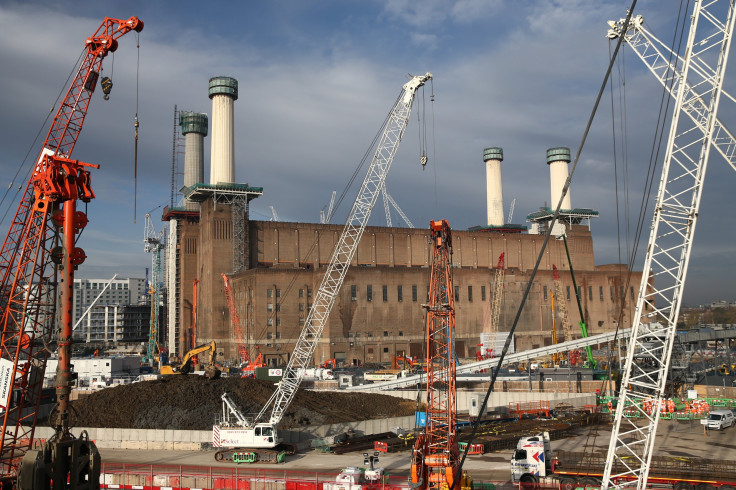UK Q3 GDP Growth Falls To 0.5% As Massive Trade Gap Weighs On Economy

Growth in the United Kingdom slowed to 0.5 percent in the quarter ending Sept. 30, down from a 0.7 percent expansion seen in the previous quarter, data released Friday by the Office for National Statistics (ONS) confirmed.
On a yearly basis, the country’s economy grew 2.3 percent in the third quarter of the year, the second estimate of GDP growth showed, in line with an initial estimate released late last month. The data marks 11 consecutive months of positive growth in the U.K., and its longest stretch of growth since the 2009 financial crisis, ONS said, in a statement accompanying the GDP figures.
Net trade wiped 1.5 percentage points off GDP -- the biggest negative impact on record, which dates back to 1997. Gains from exports, which rose 0.9 percent, were overshadowed by a 5.5 percent rise in imports -- as a strong currency reduced export volumes and cooled foreign demand.
While output in the three main sectors -- services, manufacturing and agriculture -- increased in the third quarter, industrial output was weaker than expected, growing by just 0.2 percent and down from the previous estimate of 0.3 percent. Growth in the construction sector dropped by 2.2 percent after a 1.4 percent increase in the previous quarter.
A rise in household spending in the third quarter -- which rose 0.8 percent on a quarterly basis and 3.1 percent over the same quarter last year -- helped offset a massive trade deficit, government data showed.
Earlier this month, Bank of England Governor Mark Carney warned of risks to the economy from weaknesses in emerging markets and said that record-low interest rates in the U.K. are likely to continue “for some time.” However, he also said that domestic demand remained robust -- buoyed, in part, by low inflation and a pickup in wage growth.
© Copyright IBTimes 2024. All rights reserved.












